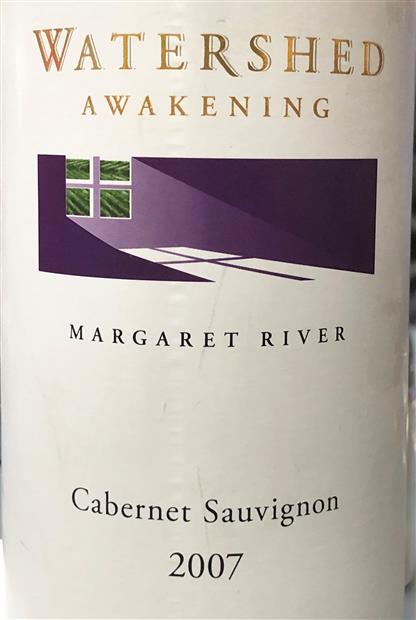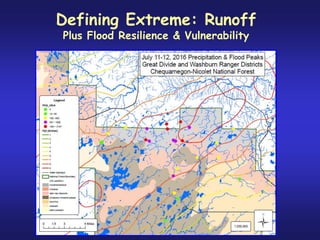
We combined the complimentary information from individual static ERT inversions, time-lapse ERT images, and available hydrologic data in a robust interpretation scheme to aid in quantifying seasonal variations in subsurface moisture content. To further assess the various time-lapse inversion approaches, we acquired field data from a catchment within the Dry Creek Experimental Watershed near Boise, Idaho, U.S.A. A third and commonly used approach to time-lapse inversion, inverting the difference between two data sets, localizes the regions of the model in which change has occurred however, varying noise levels between the two data sets can be problematic. Data inversion methodology should be consideredwhen designing data acquisition i.e., to utilize the second approach, it is important to collect one or more data sets for which the bulk of the subsurface is in a background or relatively unperturbed state. One has to determine the right threshold to stop the watershed.

Creating a good segmentation however requires some expertise and can be time consuming. It is relatively fast and can provides understandable and robust results which can be used for image analysis.

The first approach is model subtraction after separate inversion of the data from two time periods, and the second approach is to use the inverted model from a base data set as the reference model or prior information for subsequent time periods. Watershed Vincent 1991 is a common tool to segment objects in an 2D and 3D images.

We assess various approaches for inverting and interpreting time-lapse ERT data and determine that two approaches work well. When inverting time-lapse ERT data, it is useful to proceed beyond straightforward inversion of data differences and take advantage of the time-lapse nature of the data. Time-lapse electrical resistivity tomography (ERT) has many practical applications to the study of subsurface properties and processes.


 0 kommentar(er)
0 kommentar(er)
